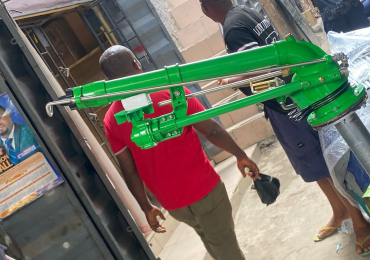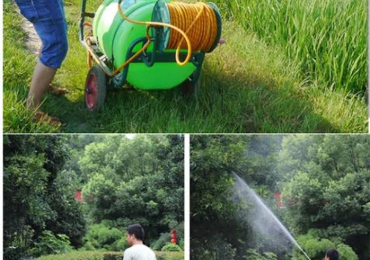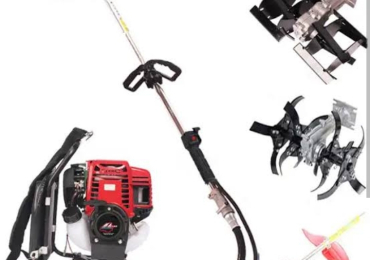rain gun, also known as a big sprinkler or water gun, is an irrigation system that sprays water over a wide area, mimicking rainfall, and is used for irrigating crops, lawns, and other large areas.
Here's a more detailed explanation of its uses:
1. Irrigation of Various Crops:
Vegetables:
Rain guns are effective for irrigating various vegetable crops, ensuring even water distribution.
Broad Acre Crops:
They can also be used for irrigating large fields of crops like maize, soybeans, and rice.
Tree Crops:
Rain guns can be used for irrigating orchards and other tree crops.
Other Crops:
They are also suitable for irrigating crops like wheat, sugarcane, cotton, groundnut, and more.
2. Advantages of Rain Gun Irrigation:
Saves Water: Rain gun irrigation can save a significant amount of water compared to flood irrigation.
Saves Labor and Electricity: They automate the irrigation process, reducing the need for manual labor and electricity.
Nitrogen Fixation: The water spray can help dissolve nitrogen from the air, which is then deposited into the soil, adding to its fertility.
Pest and Insect Control: The water spray can wash away pests and insects from the plants.
Uniform Irrigation: Rain guns ensure even water distribution across the field.
Easy Application of Fertilizers and Pesticides: The water spray can help in the application of fertilizers and pesticides.
3. Components of a Rain Gun Irrigation System:
Rain Gun Sprinkler: The main component that sprays water.
Tripod Stands: These stands hold the rain guns in place, ensuring they spray water to all parts of the field.
Hold Down Stakes: These stakes secure the tripod stands to the ground.
Water Source: A water reservoir like a river, stream, tank, or dam is needed to supply water to the rain guns.
This video demonstrates the installation of a rain gun sprinkler system:




















